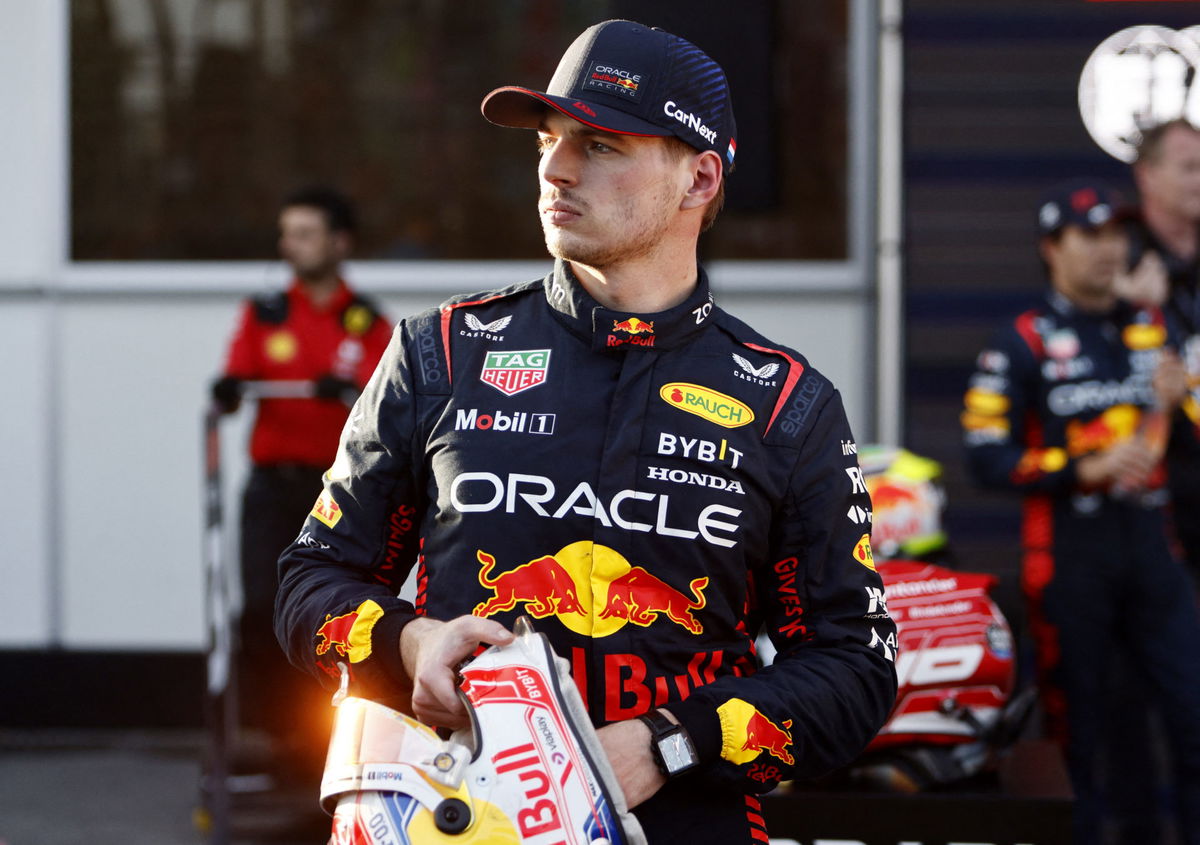
Reuters
Formula One F1 – Azerbaijan Grand Prix – Baku City Circuit, Baku, Azerbaijan – April 28, 2023 Red Bull’s Max Verstappen is pictured after qualifying in second position REUTERS/Maxim Shemetov

Reuters
Formula One F1 – Azerbaijan Grand Prix – Baku City Circuit, Baku, Azerbaijan – April 28, 2023 Red Bull’s Max Verstappen is pictured after qualifying in second position REUTERS/Maxim Shemetov
To many, Max Verstappen might be superhuman. It’s difficult to imagine Formula 1 drivers not being superhuman, considering they drive at upwards of 300kmph and withstand G-forces more than five times their body weight every time they get into their cars. To get to those superhuman levels, drivers usually follow a few pre-race rituals that get them in the zone. And Verstappen’s are oddly engaging, especially considering how relaxed he looks right before he steps into one of the fastest machines in the world.
Watch What’s Trending Now!
While many believe F1 drivers are, in fact, superhuman, a lot of others don’t think F1 is an actual sport. If it weren’t, would the drivers be putting themselves through intense training and maintaining strict schedules to ensure they’re at the optimal level to extract the most from their cars week-in, week-out? F1 is a sport dependent on the smallest of margins. Keeping that in mind, Verstappen’s level of dominance this season wouldn’t have been possible without the behind-the-scenes effort he puts in, a sneak peek of which we got through his YouTube channel.
ADVERTISEMENT
Max Verstappen’s reaction training
As much as F1 is about the small margins, it’s also about quick reactions. When a driver is driving as fast as Verstappen does, especially with 19 other cars around him going as fast, things can go wrong in the blink of an eye. Quick reactions are necessary to avoid putting himself and others in danger or getting caught out by them. A prime example of Verstappen avoiding a major incident was at the 2016 Brazilian GP. In the wet conditions during the race, the Red Bull driver lost control of his car going into the final corner, but a quick correction helped him avoid the barriers and a costly repair job.
ADVERTISEMENT
Needless to say, reaction times in F1 can help drivers get out of sticky situations as much as they can put them in one. As part of his last-minute reaction training, Verstappen’s physical trainer, Bradley Scanes, sets up a FITLIGHT contraption (four lights with motion and touch sensors that switch off when Verstappen touches them). The Dutchman is asked to tap the red light in the first set of reaction drills. Scones controls the timing and positions, and Max’s job is to switch the light off as quickly as possible.
ADVERTISEMENT
With the four lights set at the vertices of a square, in the next drill, Versatppen’s allowed to switch the light off with his right hand only when it’s one of the right lights that comes on. And it’s the opposite for the left hand. This is followed by switching off the left lights with his right hand and the right lights with his left. In the last drill, he’s asked to use just one hand to switch all the lights off in the order they come on. As fun as this looks, it’s one of the most critical drills an F1 driver can do before a race. With reaction training ticked, Verstappen moves on to hand-eye coordination.
Top Stories
Language Barrier Didn’t Hold Back Lando Norris to “Hook Up” With OnlyFans Model: “We Talked by Mime”
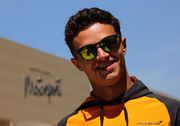
Cadillac Star Sergio Perez Drops Bombshell Claims Over Red Bull Years After Ugly Exit
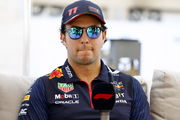
Can you Drink Alcohol at the Saudi Arabian GP in F1?
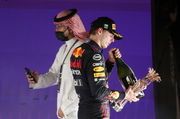
Who is Oliver Bearman’s father, David Bearman? – Founder & CEO of Multimillion Dollar Company
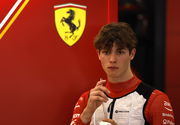
Amid Confirmed Reports, Ferrari Release Dubious Statement Surrounding Future of F1 Team Principal Mattia Binotto
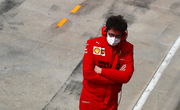
Max Verstappen could make it in a circus
When you think of a circus, what comes to mind? A clown? Maybe a little juggling? Well, F1 is a traveling circus, and Max Verstappen is the protagonist this season. This is not to say he’s a clown or anything. It just means that if there comes a time when he has to perform juggling tricks in an actual circus, he would be just as good there as he is in F1. Because next in his list of pre-race rituals comes juggling.
ADVERTISEMENT
Normal people: Juggling balls
Max Verstappen: pic.twitter.com/oFu73PVXoy— ESPN F1 (@ESPNF1) January 30, 2020
Hand-eye coordination is just as crucial as quick reactions in F1. These two go hand in hand in F1 because quick reactions without hand-eye coordination wouldn’t be possible. The sport requires a high level of dexterity, and juggling is one of the best exercises involving dexterity improvement and hand-eye coordination.
ADVERTISEMENT
While juggling with three balls, Scones asked the reigning world champion to switch between using both hands, just his right hand, and only his left hand, at regular intervals, bringing into play not just coordination but also focus. With this, Verstappen juggles into the final pre-race ritual.
Neck and arm strengthening and mobility
Which is one of the most critical parts of the body for F1 drivers? The neck. Driving at high speeds to suddenly having to break for corners puts a lot of pressure on the next in the form of G-forces. When they turn right, drivers feel G-forces on the left side of their necks, and when they turn right, they feel almost five times their body weight on the left side of their neck. Although F1 introduced the HANS (head and neck support) device to stabilize the neck and head, F1 drivers still require strengthening.
ADVERTISEMENT
Neck strength is critical for drivers like Lewis Hamilton and Max Verstappen. It can also be part of all of our formulas for success. https://t.co/Cyv6TSgCLl
— HuffPost (@HuffPost) April 6, 2023
While the extent of hand mobility isn’t too much inside a car, that’s exactly why drivers need to engage muscles in the arms before getting into the car to avoid cramps. Considering how the neck is connected to the arms and shoulders, getting them warmed up is just as crucial. Verstappen uses a resistance band to activate his arms and shoulders to work on his arm muscles, extending them up and to the sides while maintaining resistance.
To work on his neck, Scanes wraps Verstappen’s head around the band and pulls from the left, which forces Verstappen to strengthen the right side of his neck to stabilize it. Scanes repeats the same from the right and from behind the Dutchman. To put into perspective how important the neck muscles are, Verstappen’s 51G crash at Silverstone in 2021 meant that he felt 51 times his body weight on his neck. Without neck training, escaping that crash alive would’ve been unimaginable.
ADVERTISEMENT
Max Verstappen is one of the most relaxed yet talented drivers F1 has seen. He’s so at one with his car that he has time to think about stuff to pull Christian Horner’s leg with or even recognize Helmut Marko’s ringtone through the radio. His training and warmup sessions are just as relaxed, so much so that he watches a race while doing his drills and still nailing them. If that doesn’t show his level of focus, what does?
WATCH THIS STORY | From Lewis Hamilton to Max Verstappen: How F1 Drivers train
ADVERTISEMENT
ADVERTISEMENT
ADVERTISEMENT

